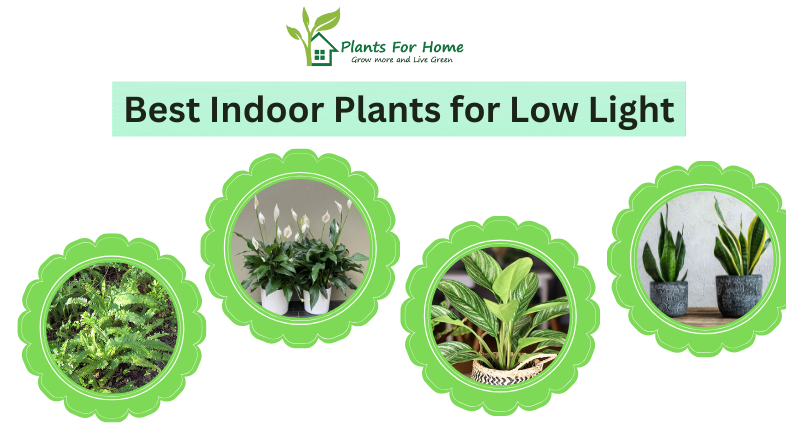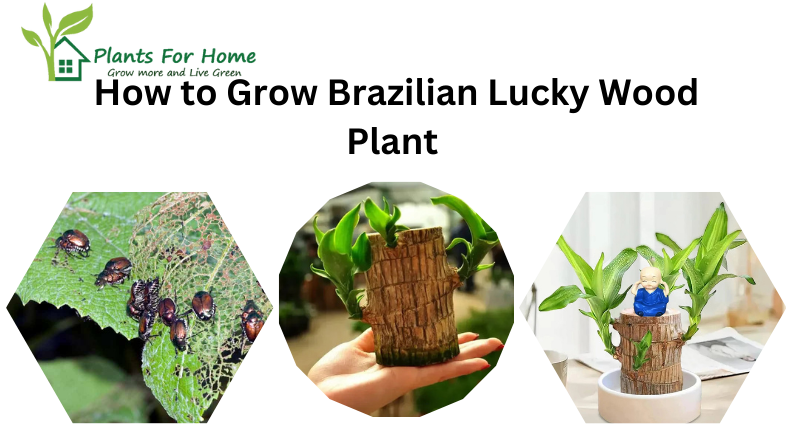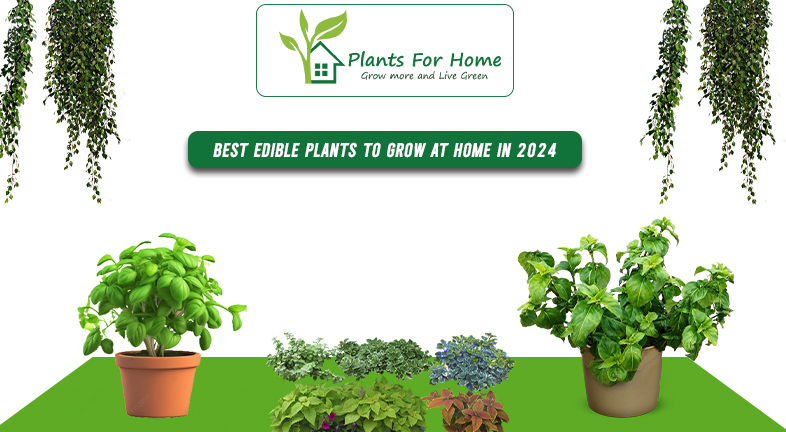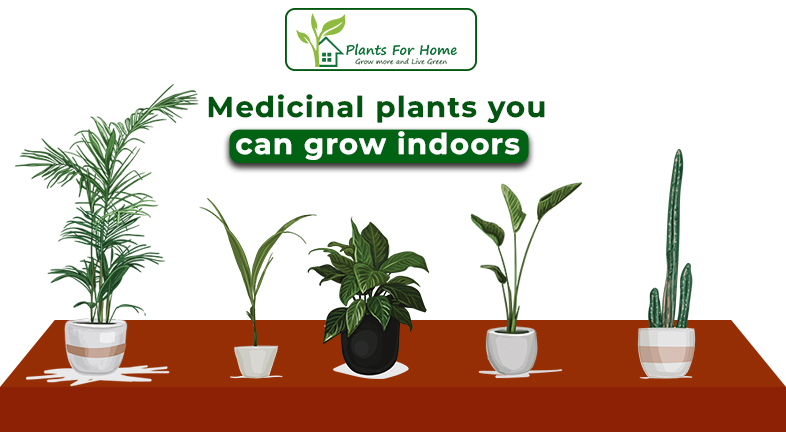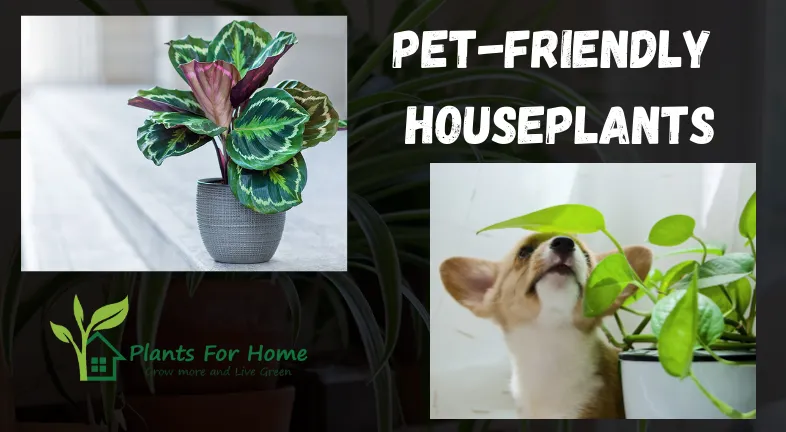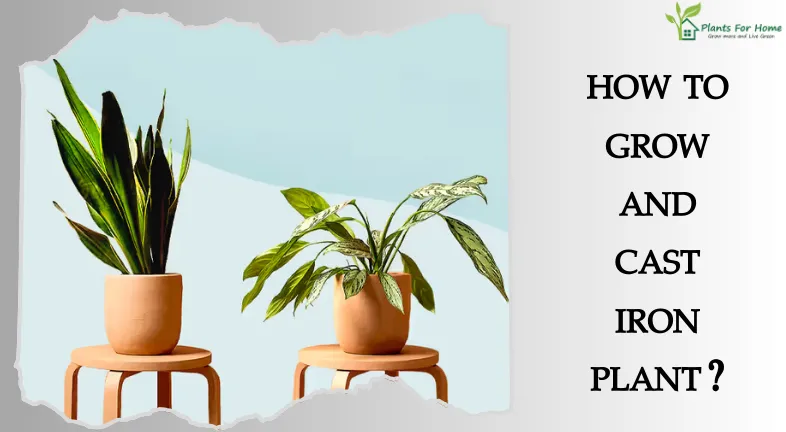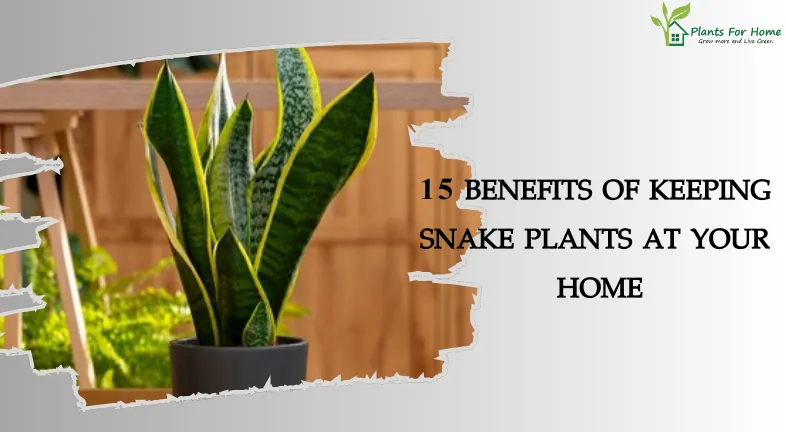Why Isn’t My Monstera Growing
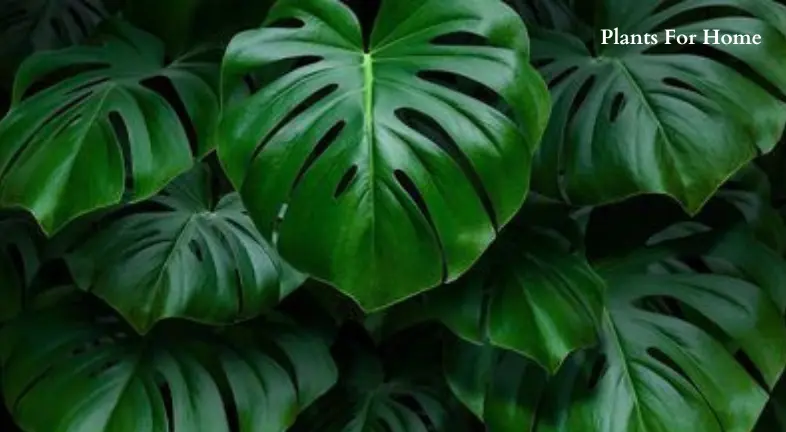
The Monstera, or Swiss Cheese Plant, as it’s also called. This well-liked houseplant brings a hint of the tropics to any area with its big, glossy leaves that have characteristic holes in them.
Native to Central and South America, monsteras scale trees high in the rainforest canopy. Although there are more than 60 varieties of Monstera, the Monstera deliciosa is the most popular variety cultivated as a houseplant. Monstera obliqua, which is well-known for its wavy, variegated leaves, and Monstera adansonii, which has smaller, heart-shaped leaves, are two other well-liked types.
Monsteras are a fantastic option for novice plant parents because they are quite simple to care for. They like well-draining soil and bright, indirect sunlight. Make sure to let the pot drain any extra water before watering them after the top inch of soil is dry. Additionally, monsteras like humidity, so you may support them by misting them frequently or putting them on a pebble tray filled with water.
In the right circumstances, monsteras can reach a height of 10 feet or more. Air layering or stem cuttings are two methods of propagation.
In addition to being beautiful, monsteras are thought to have the ability to purify the air by removing pollutants. They are a popular choice for home decor because they are also believed to represent prosperity and good fortune.
The following are some of the typical causes of Monsteras ceasing to grow:
Not enough light: In order to survive, monsteras require bright, indirect light. Your plant wont acquire enough energy to grow new leaves if it is kept in excessive shade.
Overwatering: Monsteras like to let go of some of their moisture in between watering. Your plant wont be able to absorb water or nutrients if you overwater it since root rot might cause this.
Under watering: Although it is less frequent than overwatering, under watering can also inhibit the growth of Monstera. Before you water it once more, make sure the soil is completely dry, around an inch below the surface.
Lack of nutrients: Monsteras require frequent fertilization, particularly in the growing season. Your plant can be deficient in vital nutrients if it hasn’t been fertilized in a long.
Diseases and pests: These two factors can harm Monsteras and hinder their growth. Look for symptoms of infection or infestation on your plant, such as brown patches, yellowing leaves, or sap-sucking insects.
Root bound: Your Monstera’s growth will eventually slow down or stop if it is root bound, as it won’t have any space to spread out. If the roots of your plant are wrapping around the inside of the pot, repot it into a bigger one.
Stress: Monsteras are susceptible to environmental changes, like a fast reduction in temperature or relocating. Your plant could need some time to heal and resume growth if it has recently experienced stress
Tips Of Monstera

After you’ve determined what’s causing your Monstera to develop slowly, you can take action to fix it. Here are some pointers:
- Place your Monstera in a brighter area if it’s not receiving enough light. But stay out of the direct sunshine, as it can burn the foliage.
- Allow the soil to dry out further before watering your Monstera again if you’re overwatering it. Repotting the plant in a pot with drainage holes may also be necessary to enhance drainage.
- Give your Monstera more water if you’re submerging it. Make sure you water deeply enough to get to the roots.
- Follow the directions on the packaging to fertilize your Monstera if it is deficient in nutrients. Use a balanced fertilizer.
- Use the proper insecticide or fungicide to treat your Monstera plant if it is overrun by pests or disease.
- Repot your Monstera into a bigger pot if it’s rootbound. When repotting, take care not to harm the roots.
- If you see that your Monstera is stressed, attempt to find and eliminate the stressor. Move the plant to an area free from drafts, for instance, if it is now in a drafty region.
In addition, bear the following in mind when taking care of your Monstera:
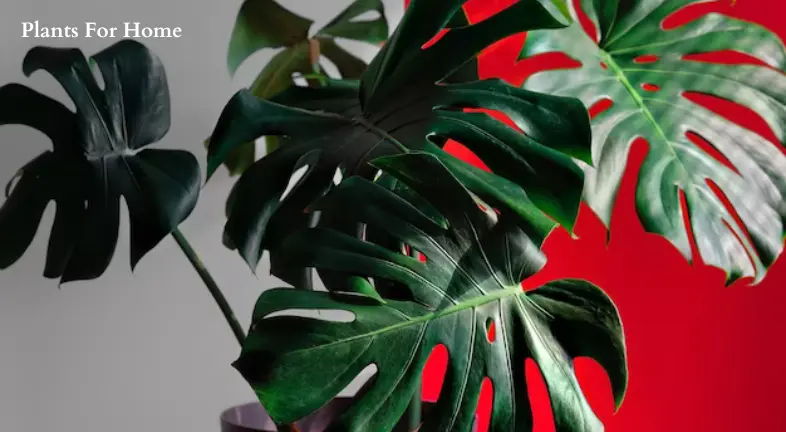
- Since they don’t like to be moved around too much, locate it in an area with steady humidity and light.
- Keep them away from vents and air conditioners as they are susceptible to drafts.
- During the spring and summer growing seasons, fertilize them once a month using a
balanced fertilizer. - Repotting your Monstera should merely include selecting a pot that is marginally bigger
than the existing one.
With its vibrant emerald leaves and milky white variegation, the Monstera has gained popularity as a houseplant. A compelling addition to any indoor environment, this botanical beauty—also known as the Swiss Cheese plant or Monstera—brings a touch of tropical elegance and natural appeal. It’s more than simply a trendy Instagram favorite.
However, maintaining this multicolored treasure calls far more than just appreciating its magnificent beauty. We’ll explore the world of the Monstera in this extensive book, revealing its mysteries and giving you the skills you need to raise it into a healthy specimen.
The plant that really lives up to its name is the Monstera. The Albo is a tropical gem for any plant lover, with its exquisitely variegated leaves that each include flashes of milky white against a backdrop of rich green.
The astounding variegation of the Monstera is its distinctive characteristic. Imagine the plant with heart-shaped leaves that like emerald diamonds splattered with moonlight, producing an
enthralling visual dance. Because each plant has a different distribution and pattern of white,each Albo is a work of natural art.
CONCLUSION:
A number of issues can affect monsteras, including pests like mealybugs and thrips, sunburn or underwatering-induced leaf browning, and root rot from overwatering. However, these issues can be readily avoided with the right treatment. Beautiful and low-maintenance monsteras are wonderful additions to any home. You may enjoy your Monstera for many years to come with a little TLC. The Monstera is more than simply a houseplant; it’s a statement piece, a conversation starter, and an illustration of how nature can be artistic. Their seductive beauty and low maintenance requirements will bring a bit of tropical elegance and a ton of fun to your home.


